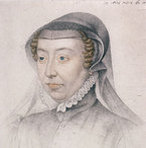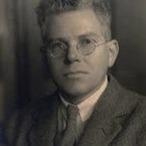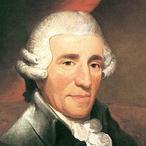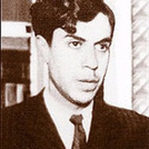|
As part of the "Triumph of Handel" festival at the Palace of Versailles, the world famous mezzo-soprano, Cecilia Bartoli, gave two concerts in the Galerie des Glaces: Handel's Heroines and Sacrificium. Bartoli's involvement with the works of Handel is long-standing, as is her relationship with Baroque music in general. This year, she has taken the role of Artistic Director of the Easter Festival in Salzburg, which she is dedicating to Cleopatra, the heroine of Handel's Giulio Cesare, whose role she will play in the staged version. She returns to Versailles and the Galerie des Glaces after two excellent evenings devoted to Vivaldi last year. The excitement before the concert was palpable, with people flying over just for this concert. Bartoli's opener was the ferocious "Furie terribili" from Rinaldo. Furious it was, with Bartoli unleashing the imps of Hell with this devastating rendition. Antonini's direction was flawless, with the players of Il Giardino Armonico tearing into the music. Bartoli incorporated the wind machine and thunder sheet she used to such great effect in her Barbican Concert in 2010, to even greater effect in the haunting acoustic of the Galerie des Glaces. Bartoli's ability to move between extremes of emotion with little or no time to prepare became apparent with the haunting "Dunque, i lacci d'un volto...Ah crudel!" again from Rinaldo: the A section slow and haunting, the B section fast and raging. One of the things Bartoli does so well is large jumps between the registers, and arpeggios/melismas which take her through the three registers: This she demonstrated wonderfully with the joyous "Scherza in mar la navicella" from Lotario. The next segment of the concert came from Giulio Cesare. First, Il Giardino Armonico gave us a rousing rendition of the Overture: stately, regal and measured in the Introduction, and fast, vibrant and wild in the fugue. The second piece was one of the three highlights of the evening: Cleopatra's "Se Pietà di me non senti." As the first chords of that most mournful of arias floated through the Galerie des Glaces, the Sun, which was in the process of setting, metamorphosed into a baleful red/orange eye, bathing the Galerie in its sorrowful rays, and rendering the crystals of the chandeliers into tears of blood. It was in this atmosphere that Bartoli poured forth all the grief and despair of Cleopatra, believing as she does, she will never see her beloved Cesare again. The B section, with its phrases rising high in the voice, was particularly moving. By the end of the aria, the sun had set, along with Cleopatra's dreams. The last segment before the interval was an interesting mix: two pieces from "Il trionfo del tempo e del disinganno" and one from "Teseo." Il Giardino Armonico were quite frankly excellent during theOverture of "Il trionfo" and particulary praise must go to the dueting violinists for an inspired performance. If we didn't think we could feel any more sorrow than we did during "Se Pietà" we were wrong: Bartoli gave us "Lascia la spina." She took the aria slowly, giving each phrase time to breath, to grow and to draw us in. The high, gossamer-like pianissimo phrases in the B section were so filled with despair - we needed saving! So Bartoli ended the first half of the concert with the magnificent "M'adora l'idol mio" from Teseo. Her formidable runs and playful ornamentation were delightful, and the imitative melismas between Bartoli and the Oboe were delightful. After the interval, we were treated to the idyllic, pastoral "Felicissima quest'alma" from Apollo e Dafne. Bartoli was at her most youthful and innocent in this charming aria, each phrase lightly delivered, with her trademark delicate pianissimos in evidence throughout the piece. The next aria could not have been more contrasting: "Si, vendetta... Pugneran con noi le stelle" from Rodrigo. Trills, runs and fast arpeggios abound in this military-sounding piece. The speed with which Bartoli fired off the coloratura passages was phenomenal, and all with such apparent ease. She even managed to tell someone off for filming during one of the most difficult sections using charade-style hand gestures! We were then treated to an Overture by Francesco Maria Veracini, his No. 6 in G Minor. Giovanni Anotnini drew out some fantastic sounds from Il Giardino Armonico, who played and moved like a flock of birds, completely together, like one organism. The final section of the concert began with the third act symphony from Alcina, followed by the devastating "Ah! mio cor." The heartache of the spurned witch-queen was brought to life so vividly by Bartoli, that there were people crying in the audience. The high lying phrases were touched so tenderly, lightly, that they seem to have an ethereal quality not of this world. Bartoli attacked the B section with passion, providing an amazing contrast with the first part of the aria. It was an amazing performance. We were then treated to the third act march from Giulio Cesare, before Bartoli ended with "Desterò dall'empia Dite" from Amadigi. The duet between the Thibaud Robinne on the trumpet and Pier Luigi Fabretti on the oboe was fabulous, while Bartoli's tempestuous rendition of this very demanding aria was out of this world. The roar that came from the audience was well deserved. We were treated to three encores, the first of which had Giovanni Antonini duetting with Bartoli on his recorder. The second encore was the da capo section of Cleopatra's aria "Da Tempeste" from Giulio Cesare. Her ornamentation was perfectly chosen, highlighting and complementing the original composition nicely. The speed at which she took the aria reminded me of just how frighteningly accurate her coloratura capacity actually is. What was lovely was that she really seems to enjoy singing this aria, and that came across in her delivery. As the time drew towards midnight, we wondered if we were going to have any further encores. Bartoli came out one last time, and serenaded us with the appropriately named "O sleep" from Semele. Accompanied by just the harpsichord and solo cello, the simplicity of the aria was sublime in Bartoli's expert hands. So beautiful were the languid phrases, that there was a slight pause after the aria before we started to applaud: it was as though the whole room were returning from some far off place.
The whole experience was absolutely amazing. Bartoli's artistry and the stunning Galerie des Glaces combined to produce an atmosphere I doubt I will experience again. Even the sun played its part, so befitting in the Palace of the Sun King. All images © James Edward Hughes 2012.
0 Comments
|
Categories
All
Archives
September 2014
|
MOST VIEWED POSTS
© James Edward Hughes 2013
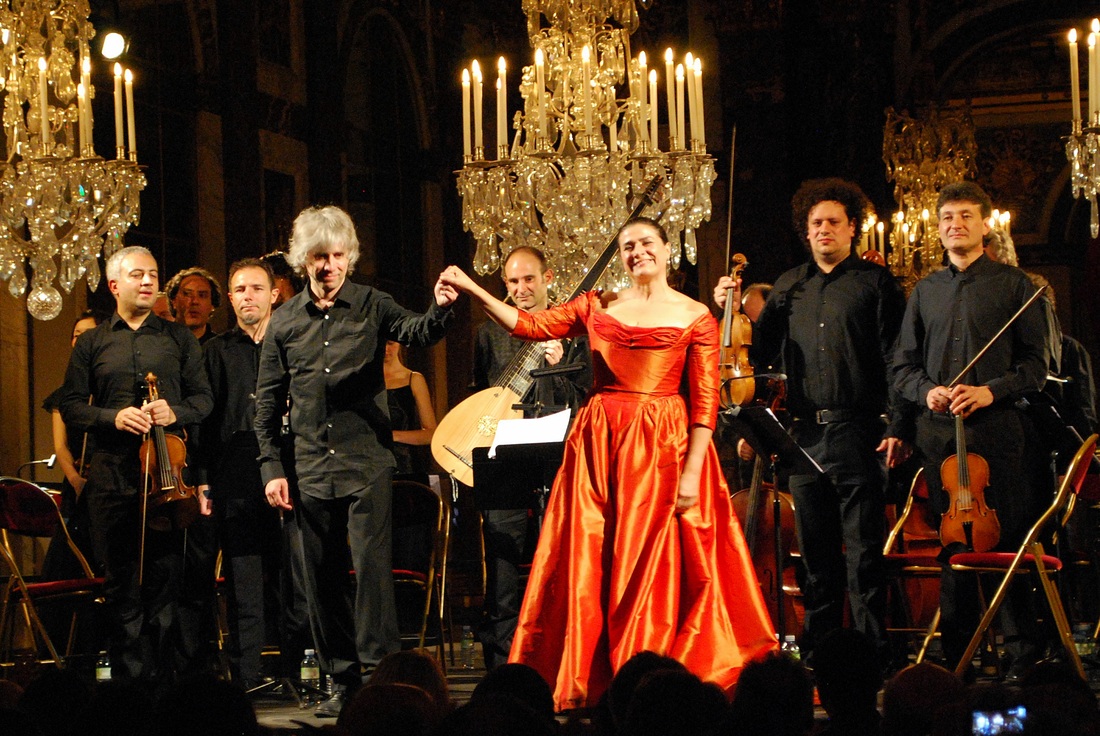
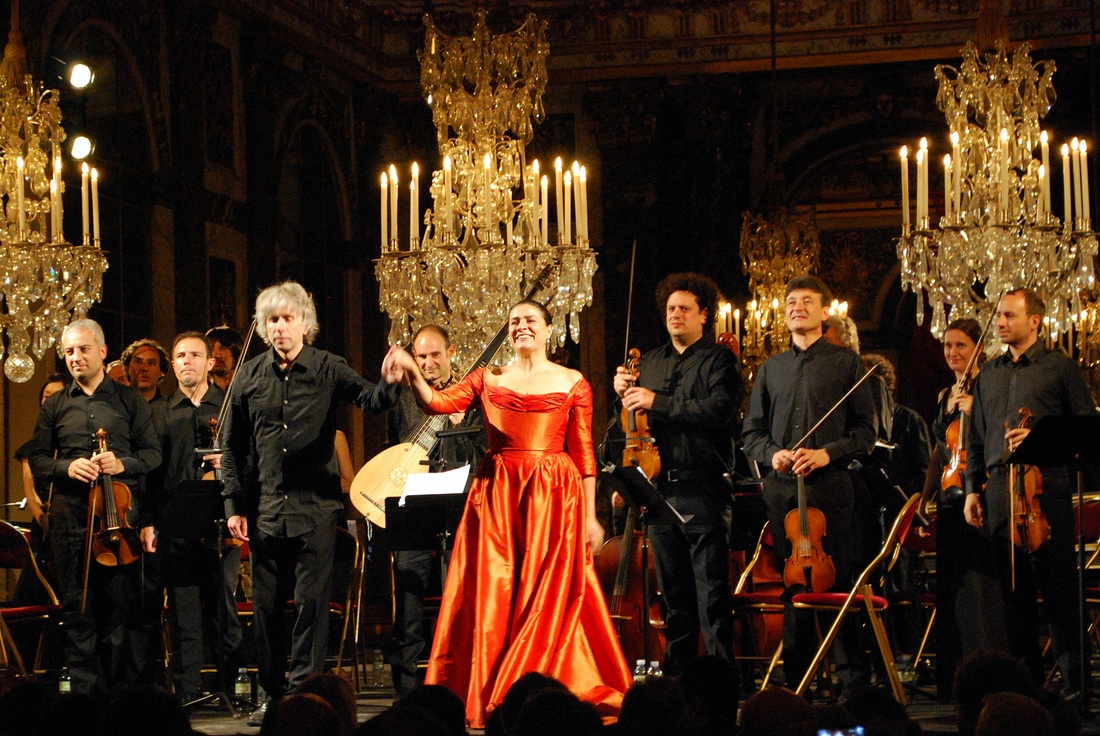
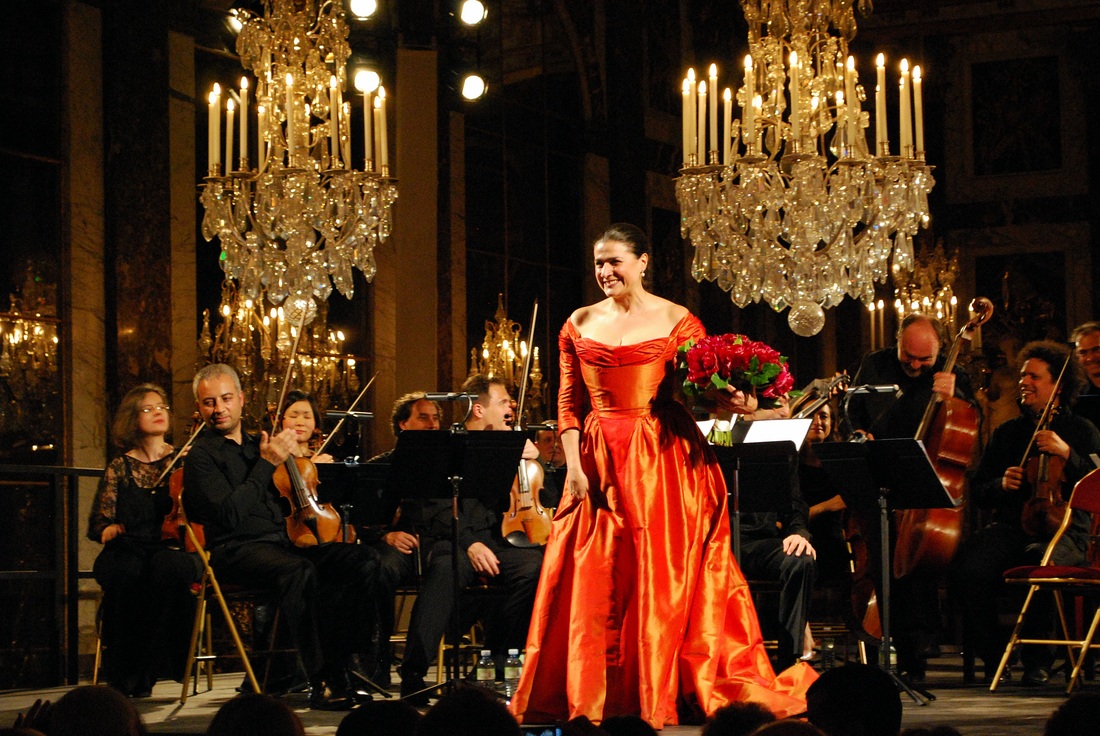
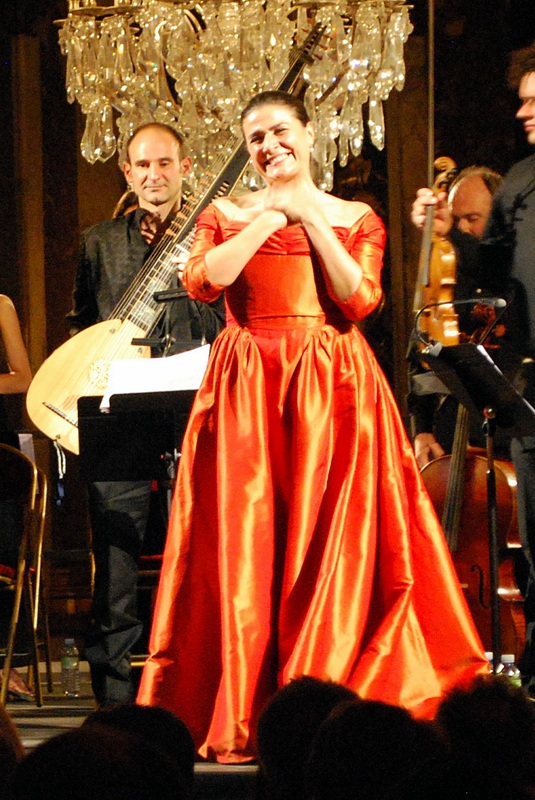
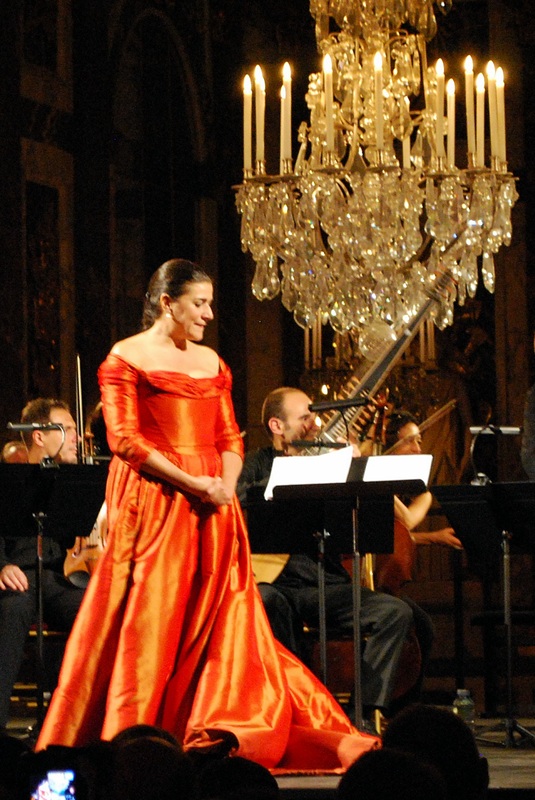
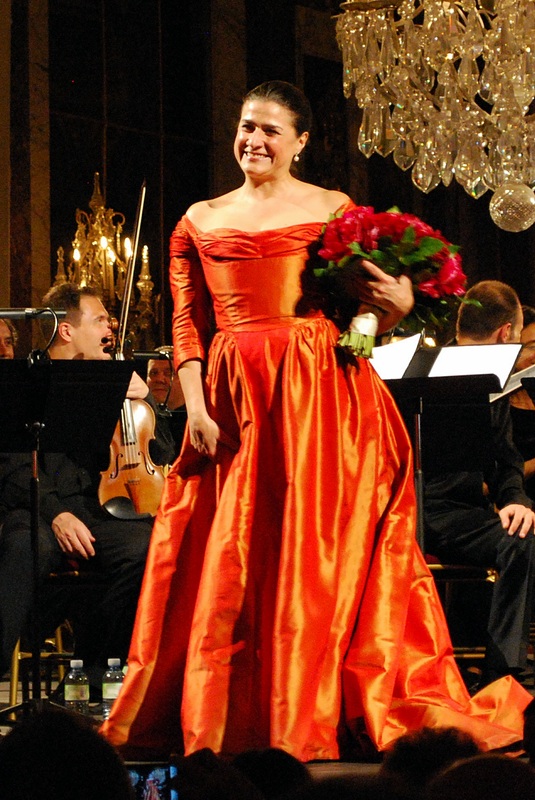
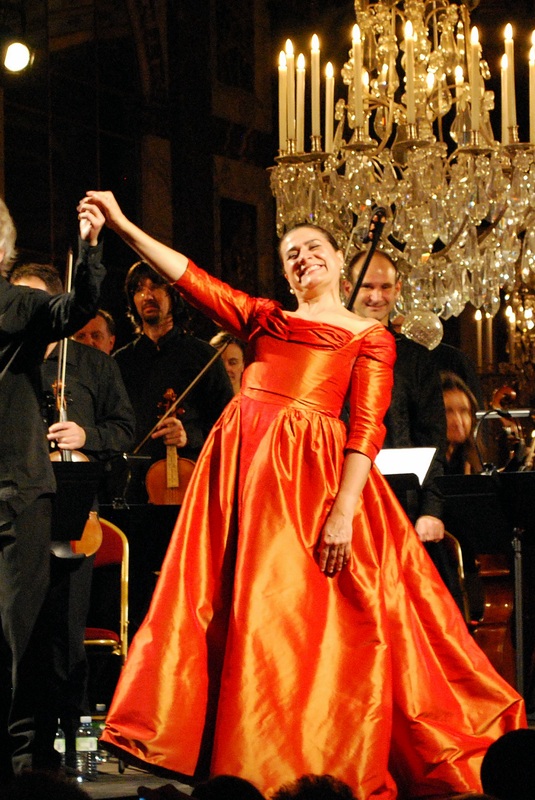

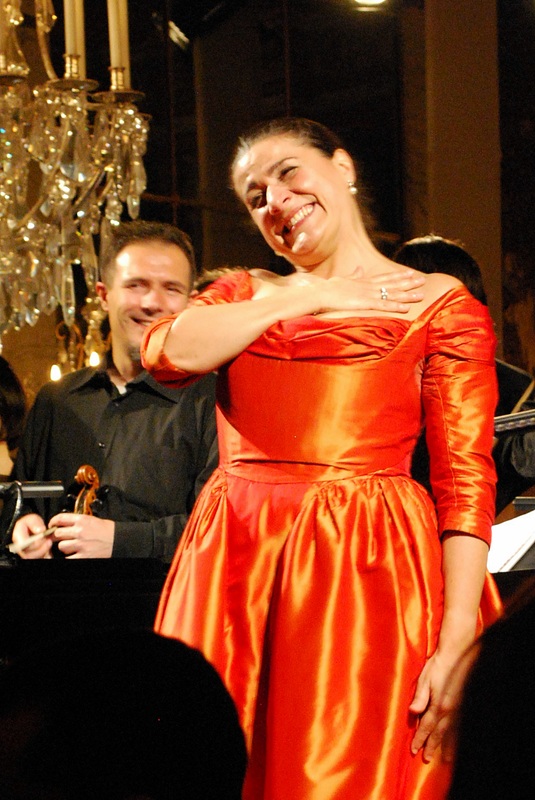
 RSS Feed
RSS Feed
